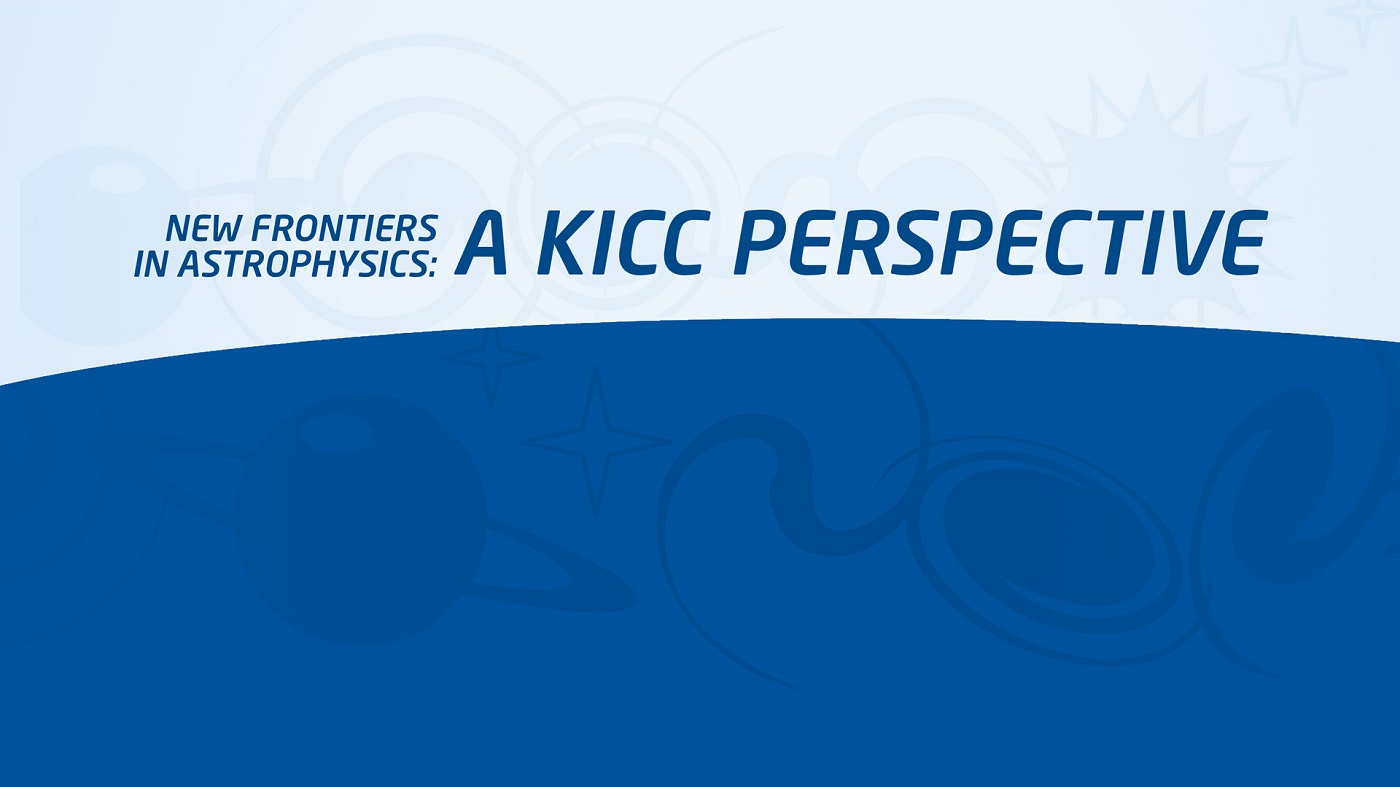Eloy de Lera Acedo and Anastasia Fialkov - Unveiling the Cosmic Dawn and the Epoch of Re-ionization with Radio Observations
Duration: 58 mins 10 secs
Share this media item:
Embed this media item:
Embed this media item:
About this item

| Description: | (No description) |
|---|
| Created: | 2023-06-01 13:46 | ||||
|---|---|---|---|---|---|
| Collection: | New Frontiers in Astrophysics: A KICC Perspective | ||||
| Publisher: | University of Cambridge | ||||
| Copyright: | Steven Brereton | ||||
| Language: | eng (English) | ||||
| Distribution: |
World
|
||||
| Keywords: | 21cm; Cosmology; Re-ionization; | ||||
| Credits: |
|
||||
| Explicit content: | No | ||||
| Aspect Ratio: | 4:3 | ||||
| Screencast: | No | ||||
| Bumper: | UCS Default | ||||
| Trailer: | UCS Default | ||||
| Abstract: | The “forbidden” radio signal of atomic hydrogen produced at the intrinsic wavelength of 21 cm could help us solve some of the remaining cosmic mysteries. For example, it could advance our understanding of the formation process of the very first stars, black holes and galaxies, and clarify the ultimate phase transition that the Universe went through – the process of reionization. The field of 21-cm cosmology is rapidly progressing in both observations and modelling. In this talk, we will review the state of the art of the field and discuss some of the exciting developments pioneered here at KICC both on the theoretical and observational fronts.
KICC researchers lead on several fronts, including theory, simulations, instrumentation development and observations. We are involved in a series of current and future radio telescope projects promising to unlock the infant Universe. These include the future Square Kilometre Array (SKA), meant to revolutionise studies of these early epochs with its imaging capabilities; the Hydrogen Epoch of Re-ionization Array (HERA), currently operating and producing the best upper limits of the 21-cm power spectra from its location in the Karoo radio reserve in South Africa; the Radio Experiment for the Analysis of Cosmic Hydrogen (REACH), led and funded by KICC and its researchers, is about to start observations aiming to produce the first confident detection of the sky-averaged 21-cm line; or the CosmoCube space mission, a nano-sat currently in early development, it will explore the cosmic Dark Ages from the most radio pristine observation location in the Solar System (the far-side of Moon’s orbit) within the next decade. In this talk we will also discuss the prospect of synergetic science between 21-cm observations and other probes of the Epoch of Re-ionization, such as galaxy observations from JWST and other future telescopes. Using data from current instruments like SARAS3 we have also been able to produce the best constraints on astrophysics from the Cosmic Dawn, placing limits on the parameter space describing the epoch when the Universe underwent the most fundamental transition in its history, from most simple darkness to a complex realm of celestial lights. |
|---|---|
Available Formats
| Format | Quality | Bitrate | Size | |||
|---|---|---|---|---|---|---|
| MPEG-4 Video | 640x360 | 1.91 Mbits/sec | 834.07 MB | View | ||
| WebM | 640x360 | 870.81 kbits/sec | 370.99 MB | View | ||
| iPod Video | 480x360 | 495.26 kbits/sec | 210.99 MB | View | ||
| MP3 | 44100 Hz | 249.77 kbits/sec | 106.50 MB | Listen | ||
| Auto * | (Allows browser to choose a format it supports) | |||||

